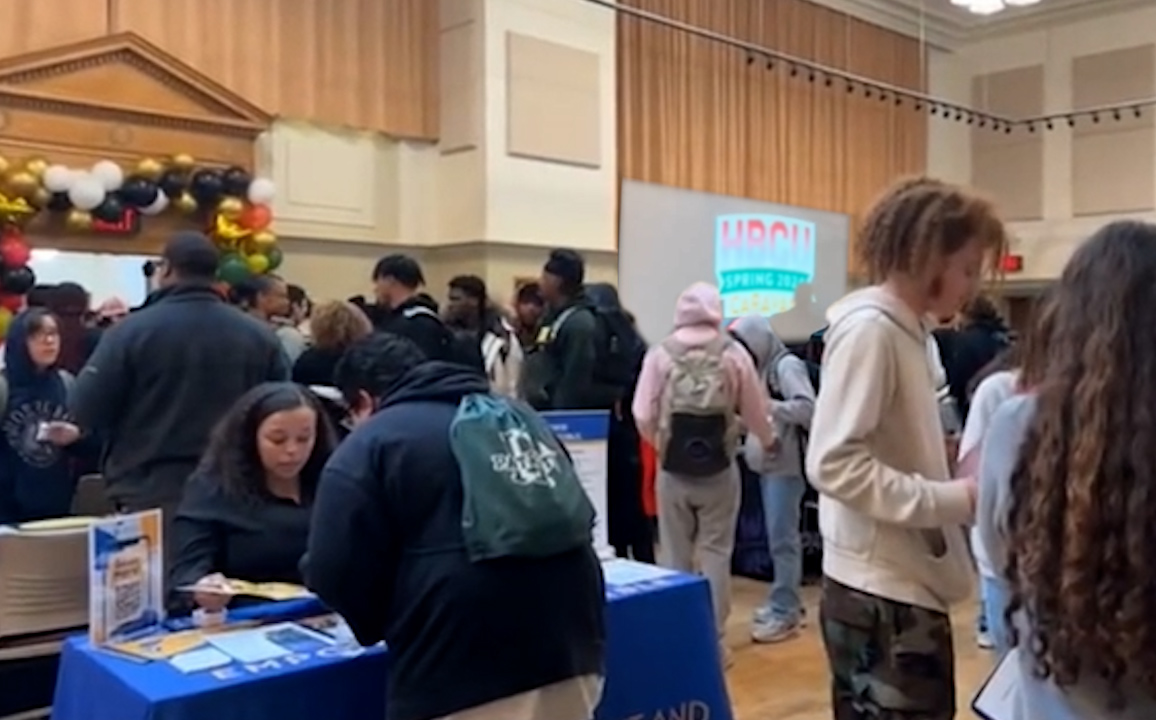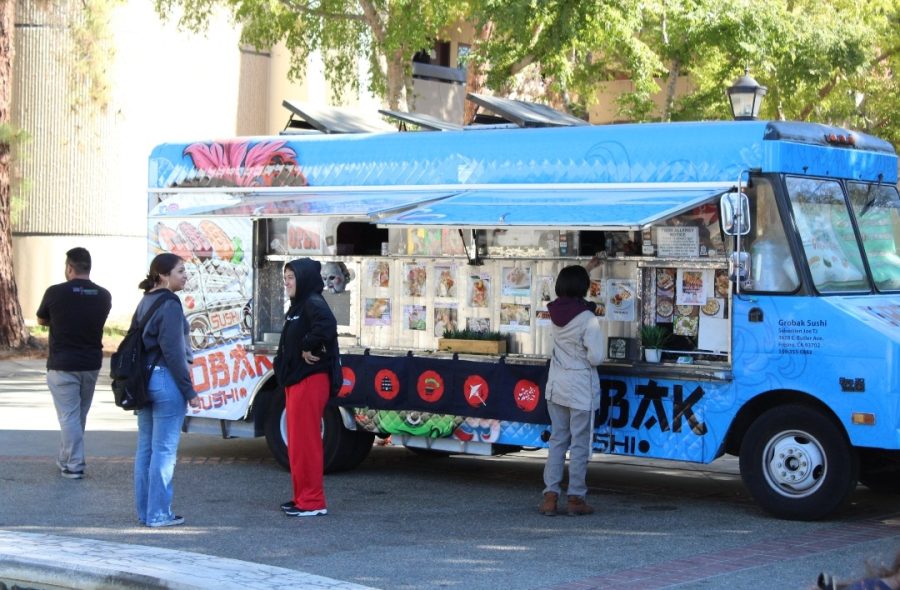Fresno City College hosted an open forum about transportation, energy and fuels On October 25. Rey León, executive director of the Latino Environmental Advancement and Policy, told participants, “You’re going to be caught up in what has been happening in terms of fuels and alternative technology.”
The event brought a lot of big names FCC. “This is a very good opportunity to take heed and learn a great deal and also ask a lot of questions. It’s about an exchange of information,” León said.
The forum was broken up into four sessions. But before the panels started, Barbra Steck, the deputy director of the Council of Fresno County Governments, gave the opening address; she provided information on her organization’s “Blue Print” or planning process for the future of transportation and land use through 2050. A copy of Steck’s statistics can be seen here.
The first session was about the air quality challenge in the central valley and the impact that transportation has on the air. This was led by Ravi Ramalingam, liaison for the Valley Air District and Air Resources Board, Seyed Sadredin, from the San Joaquin Valley Air Polution Control District, and Daniela Simunovic, from the Center on Race, Poverty, and Environment.
Ramalingam and Sadredin provided the technical while Simunovic discussed the human side.
Ramalingam described the role his organization plays in protecting the air. “The Air Resource Board of the California State Government sets air quality standards, works with local districts, develops the mission controls and is responsible for the Assembly Bill 32 for Climate change,” said Ramalingam. The Assembly Bill 32 for Climate change was California’s major initiative to reduce climate change or greenhouse gas it was signed into law 2006.
The second panelist, Sadredin spoke about transportation from an air quality perspective, the importance of moving goods from one pace to another, and about future changes.
“It’s a very timely topic, transportation and energy not only being told from an air quality perspective, but also with respect to the big problems that the nation and the world is facing. Once you get passed all the shenanigans at Wall Street the big part of our problem with our economy is the fuel and energy cost, and I think a perfect storm is brewing where we might be able to find the right thing needed to improve economy as well as improving air quality by coming up with alternative energy,” said Sadredin.
He also said that the falling price of gas, from an air quality stand point, is nothing to be happy about. He said it will reverse reductions in vehicle miles associated with high gas prices. Sadredin said, “There was a silver lining in high gas prices.”
The third panelist, Simunovic, represents an environmental justice organization that has spent the last 18 years working alongside valley residents to fight for clean air. Simunovic said, “There happens to be a pattern in this country that people who tend to be of lower income and have different shades of skin end up living closer to pollution sources and end up having to be impacted by things like bad air, dirty water, and lack of access. That’s where our organization comes in.”
Simunovic also said that valley communities are, “surrounded by sources of pollution that are so severe…we have the worst air quality here in the San Joaquin valley; we also have the worst impacts of that on our health.”
She said, “One-in-four children in the San Joaquin valley suffer from asthma. That’s the highest childhood asthma rate in the entire state.”
One of the forum’s attendees, Ed Eames, a retired instructor, said, “I’m so happy they had this forum. It was nice to have this kind of thing to pull it all together in a format that I can understand and appreciate.”
Rey León said he was very happy with the event, “This is the first of many so we can continue to ensure that the San Joaquin valley has the strongest and most intelligent plan for our residence and at the end of the day it is really beneficial for the state of California.”



